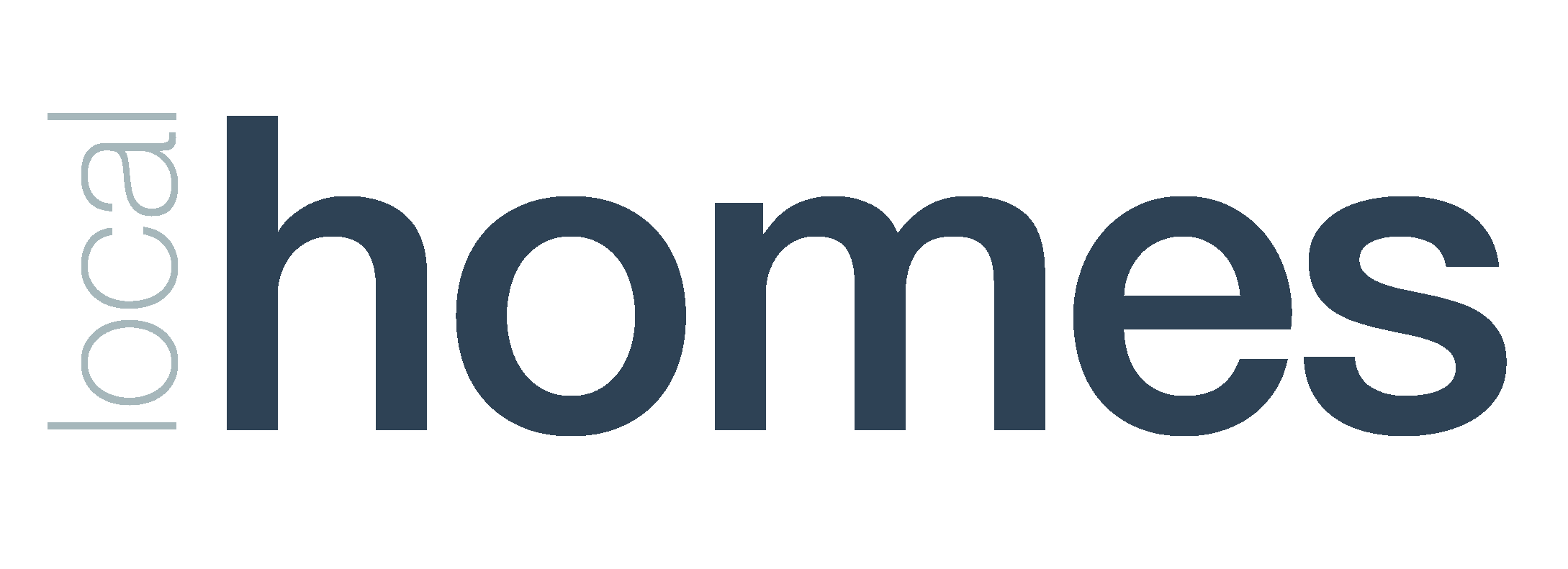Mortgage Payments Are Easing Yet RENEWAL STRESS Is Real
It feels like a collective exhale. After two grueling years of rapid interest rate hikes, the Bank of Canada has paused and even trimmed its policy rate, and many homeowners are finally seeing monthly mortgage payments drift lower. At first glance this sounds like unqualified good news. In reality, the picture is more complicated. Roughly six in ten Canadian mortgages will renew in 2025 or 2026, and for many borrowers, the new payment will still be higher than what they locked in during pandemic lows.
In this explainer we unpack why payments are easing overall, what renewal stress looks like on the ground, and how to structure a game plan before your own mortgage comes due.
Did You Know?
- The average variable rate borrower with adjustable payments has seen monthly costs fall by roughly 5% to 7% since the start of 2025.
- About two million mortgages, representing 60% of outstanding loan balances, will renew in the next eighteen months.
- Nationally, total mortgage payments declined by 1.7% in the final two quarters of last year, the first backtoback drop since 2020.
- The household debtservice ratio steadied at 14.4% in Q1 2025, down from the record 15.1% seen in late 2023.
- Five year fixed terms signed in 2020 at around 2% are rolling over into rates in the 4% range, doubling the interest portion even after recent cuts.
Why Some Payments Are Finally Coming Down
Mortgage payments respond to two mechanical levers: interest rates and amortization schedules. The Bank of Canada began modest rate cuts in early 2025, and lenders quickly passed those savings to variable-rate clients whose contracts adjust in real time. Fixedrate borrowers also benefit because bond yields have retreated on softer inflation.
At the macro level, Statistics Canada reported that mortgage interest payments declined by 0.3% in Q1 2025, the third decrease in four quarters. Combine this with steady income growth and the result is a national debt service ratio that has eased off its peak. That said, the improvement is uneven. Borrowers on adjustable variable contracts are cheering, while those locked into fixed terms from the low-rate era are bracing for impact.
The Renewal Crunch: Why 20252026 Will Test Budgets
Renewal stress is not a catchy headline, it is a math problem. Imagine a homeowner who borrowed $500,000 at 1.8% in 2020. Their monthly payment was roughly $2,100. If that mortgage renews at 4.4%, the new payment jumps to about $2,700, an increase of roughly $600 a month. For households without spare cash flow, that delta can crowd out everything from grocery budgets to retirement
contributions.
Regulators are watching closely. The latest Bank of Canada Financial Stability Report notes that 60% of mortgages renewing by late 2026 will face higher payments even under a softlanding rate scenario. Stresstesting rules require lenders to qualify borrowers at the greater of 2% above contract or 5.25%, but renewal affordability still depends on income growth, inflation, and employment stability.
Four Ways to Cushion Your Renewal
- Start the conversation early. Six to eight months before maturity gives you time to compare options and lock in a rate as protection.
- Boost your prepayment. Even an extra hundred dollars a month today reduces the principal you carry into a higher rate environment.
- Consider extending amortization cautiously. A longer schedule lowers the payment, then you can accelerate once rates normalize.
- Consolidate high interest debt. Rolling creditcard balances into a refinanced mortgage can free cash flow for the renewal bump.
Your Next Steps
A gentle dip in payments should not lull anyone into complacency. If your renewal lands in the next two years, start planning today. Update your budget, gather documents, and speak with a mortgage professional who can model scenarios. Even a single proactive move such as a prepayment or a blended extension can soften the landing. Mortgage markets move quickly, but preparation lets you move faster.




